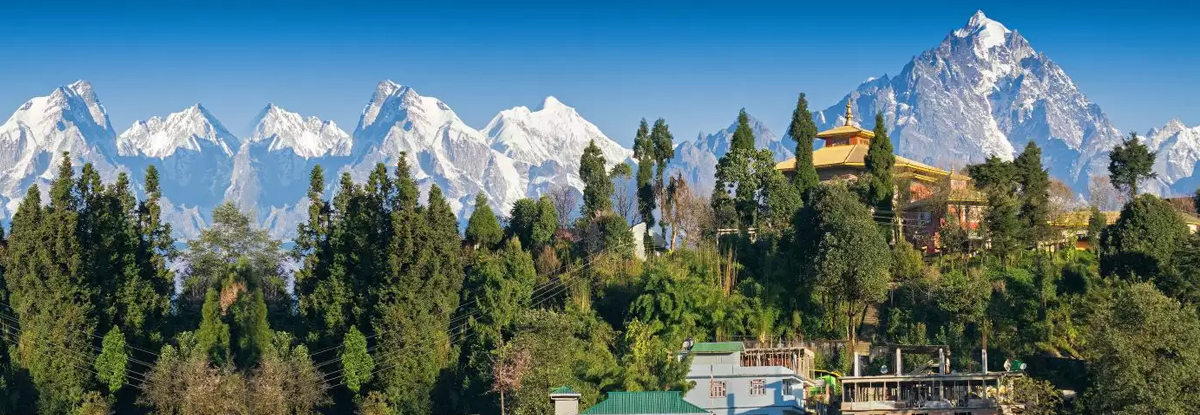Sikkim Stories
Hanging on a Cliff!
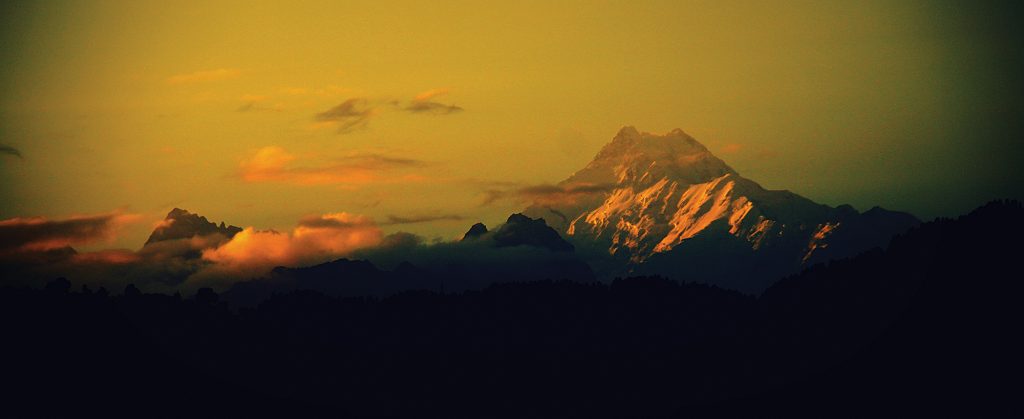
Nothing prepares you for a view of the mighty Kanchendzonga from Sikkim. Stretched lazily across the skyline, topped with perpetual snow, the peak is a reminder of natureʼs unconditional bounty. And then there is the Teesta River, the lifeline of Sikkim, finding its way through the mighty mountains.
“According to legend, the Buddhist saint Guru Rinpoche visited Sikkim in the 8th century AD, introduced Buddhism and foretold the era of the monarchy”
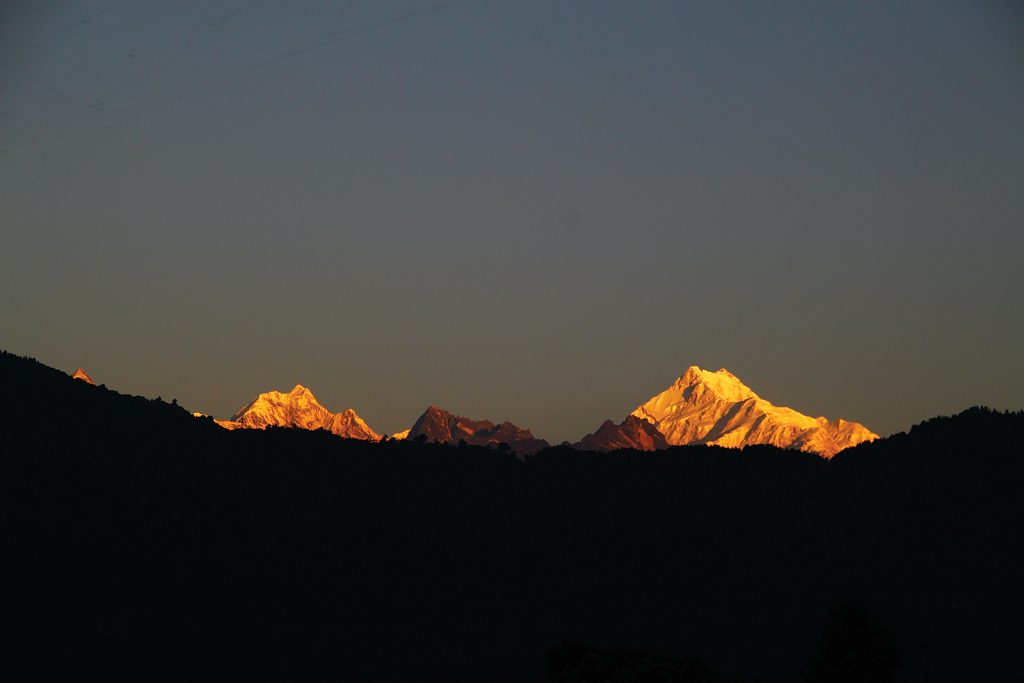
Sikkim borders Nepal to the west, Tibet to the north and Bhutan to the east and West Bengal to the south. It is the least populous state in India and the second-smallest state, after Goa, covering approximately 7,096 kms in total area. However, it is nonetheless geographically diverse due to its location in the Himalayas. The climate ranges from subtropical to high alpine, and Kanchendzonga, the worldʼs third-highest peak, is located on Sikkimʼs border with Nepal, a jewel in its crown, mighty and brilliant: the Lord of Sikkim.
According to legend, the Buddhist saint Guru Rinpoche visited Sikkim in the 8th century AD, introduced Buddhism and foretold the era of the monarchy. Sikkimʼs Namgyal dynasty was established in 1642. Over the next 150 years, the kingdom witnessed frequent raids and territorial losses to Nepalese invaders. In the 19th century, it allied itself with British India, eventually becoming a British protectorate. In 1975, a referendum abolished the Sikkimese monarchy, and the territory was merged with India.
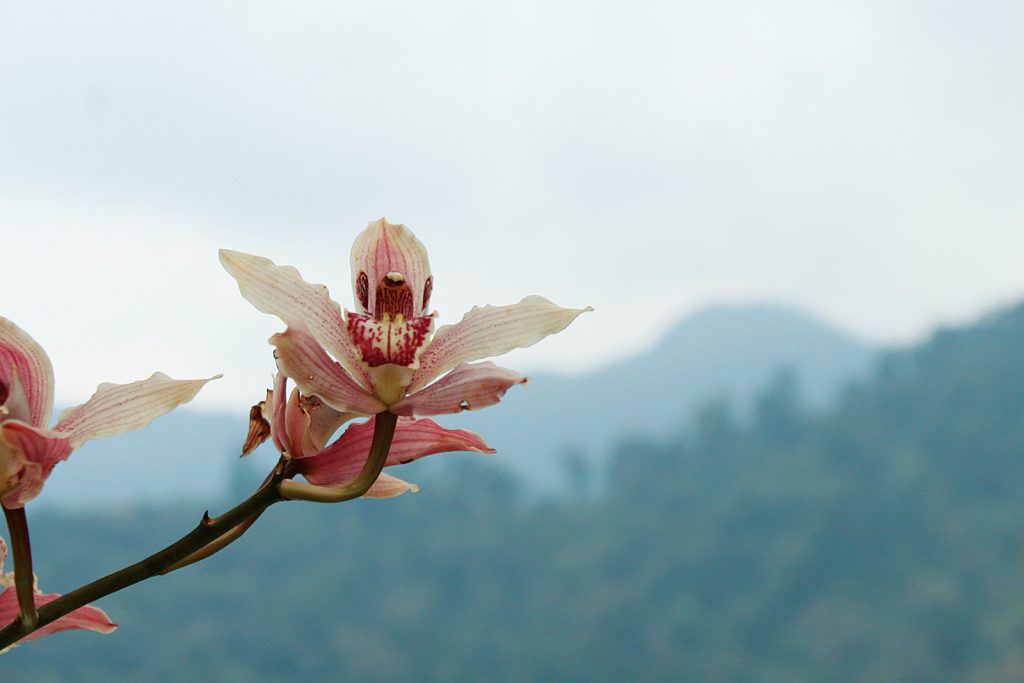
The most widely accepted theory of the origin of the name ʻSikkimʼ is that it is a combination of two Limbu words: ʻsuʼ, which means ʻnewʼ, and ʻkhyimʼ, which means ʻpalaceʼ or ʻhouseʼ. The name is believed to be a reference to the palace built by the stateʼs first ruler, Phuntsog Namgyal. The Tibetan name for Sikkim is Denjong, which means ʻvalley of riceʼ, while the Bhutias call it Beyul Demazong, which means ʻthe hidden valley of riceʼ. The Lepcha people, the original inhabitants of Sikkim, called it Nye-mae-el, meaning ʻparadiseʼ. In Hindu religious texts, Sikkim is known as Indrakil, the garden of the war god Indra. Little is known about Sikkimʼs ancient history beyond the fact that its original inhabitants were the Lepchas. The earliest historical mention of Sikkim is a record of the 8th century passage of the Buddhist saint, Guru Rinpoche. The Guru is reported to have blessed the land. However, some latter-day historians point out that the Tibetan Emperor, Srongtsen Gampo, had occupied Sikkim and Bhutan prior to Rinpocheʼs arrival, and that a Tibetan military establishment was constructed at Gangdoz or present-day Gangtok. In the 14th century, according to legend, KhyeBumsa, a prince from the Minyak House in Kham in eastern Tibet received a divine revelation instructing him to travel south to seek his fortune. A fifth-generation descendant of KhyeBumsa, Phuntsog Namgyal, became the founder of Sikkimʼs monarchy in 1642, when he was consecrated as the first Chogyal, or priest-king of Sikkim by the three venerated lamas at Yuksom.
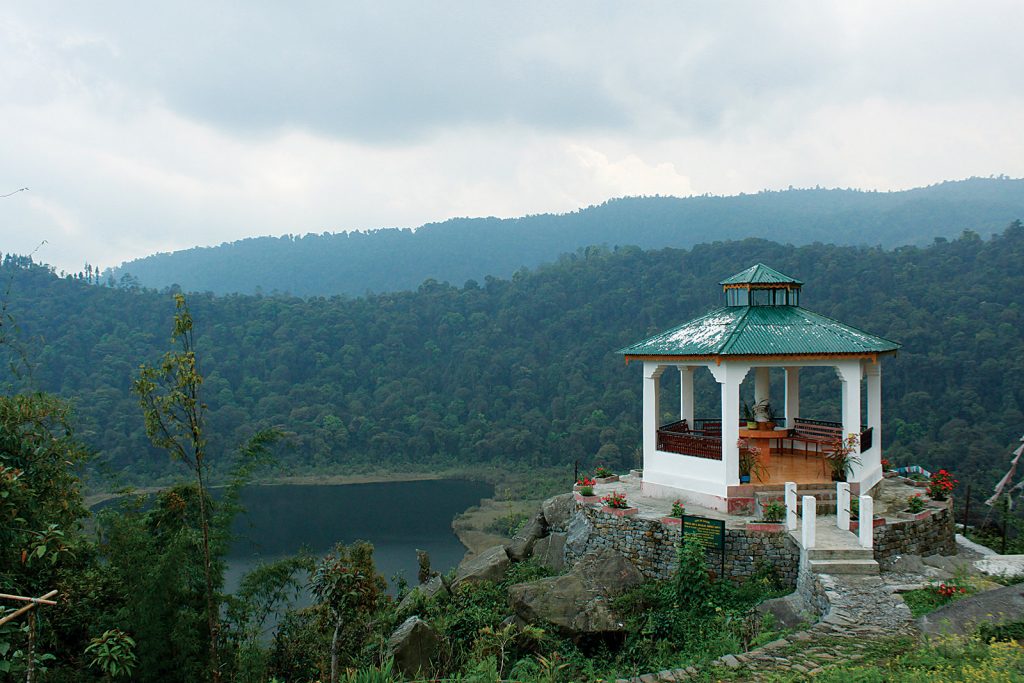
Phuntsog Namgyal was succeeded in 1670 by his son, Tensung Namgyal, who moved the capital from Yuksom to Rabdentse. In 1700, Sikkim was invaded by the Bhutanese with the help of the half-sister of the Chogyal, who had been denied the throne. The Bhutanese were driven away by the Tibetans, who restored the throne to the Chogyal ten years later. Between 1717 and 1733, the kingdom faced many raids by the Nepalese in the west and Bhutanese in the east, culminating with the destruction of the capital, Rabdentse, by the Nepalese. In 1791, China sent troops to support Sikkim and defend Tibet against the Gorkha Kingdom. Following the subsequent defeat of the Gorkhas, the Chinese Qing Dynasty established control over Sikkim.
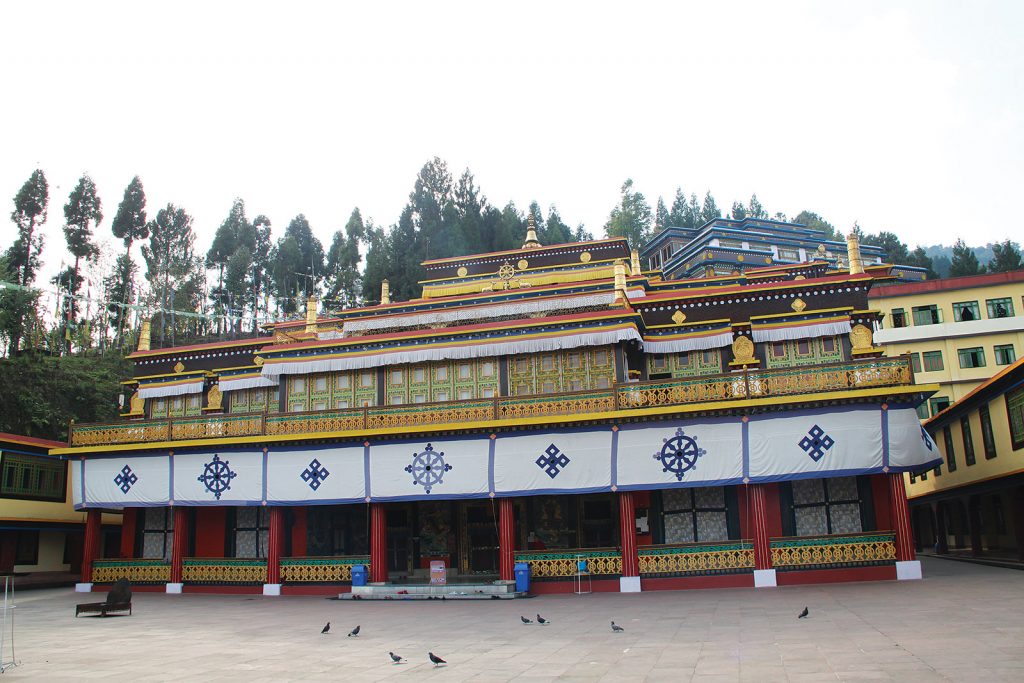
Following the beginning of British rule in neighbouring India, Sikkim allied with Britain against their common adversary, Nepal. The Nepalese attacked Sikkim, overrunning most of the region, including the Terai. This prompted the British East India Company to attack Nepal, resulting in the Gurkha War of 1814. Treaties signed between Sikkim and Nepal resulted in the return of the territory annexed by the Nepalese in 1817. However, ties between Sikkim and the British weakened when the latter began the taxation of the Morang region. In 1849, two British physicians, Sir Joseph Dalton Hooker and Dr. Archibald Campbell, the latter being in charge of relations between the British and Sikkimese governments, ventured into the mountains of Sikkim unannounced and unauthorised. The doctors were detained by the Sikkimese government, leading to a punitive British expedition against the kingdom, after which the Darjeeling district and Morang were annexed to British India in 1853. The invasion led to the Chogyal of Sikkim becoming a titular ruler under the directive of the British governor. In 1890, Sikkim became a British protectorate, and was gradually granted more sovereignty over the next three decades.
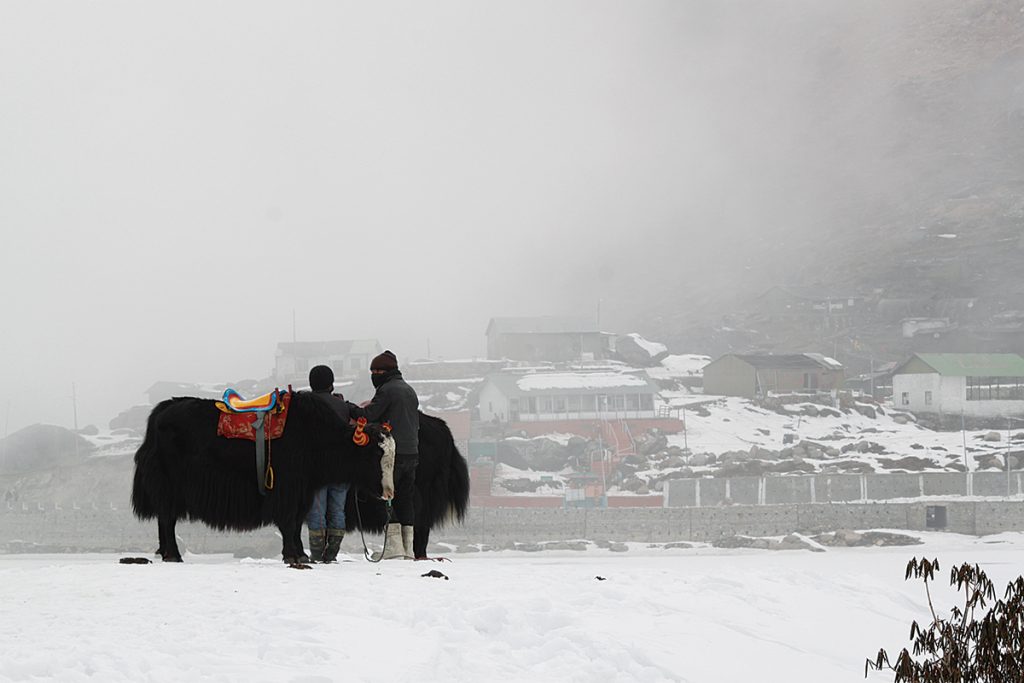
In 1947, when India became independent, a popular vote rejected Sikkimʼs joining the Indian Union, and Prime Minister Jawaharlal Nehru agreed to a special protectorate status for Sikkim. Sikkim came under the suzerainty of India, which controlled its external affairs, defence, diplomacy and communications, but Sikkim otherwise retained administrative autonomy. In 1975, the Prime Minister of Sikkim appealed to the Indian Parliament for Sikkim to become a state of India. In April of that year, the Indian Army took over the city of Gangtok and disarmed the Chogyalʼs palace guards. Thereafter, a referendum was held in which 97.5 per cent of voters supported abolishing the monarchy, effectively approving union with India. On 16 May 1975, Sikkim became the 22nd state of the Indian Union, and the monarchy was abolished.
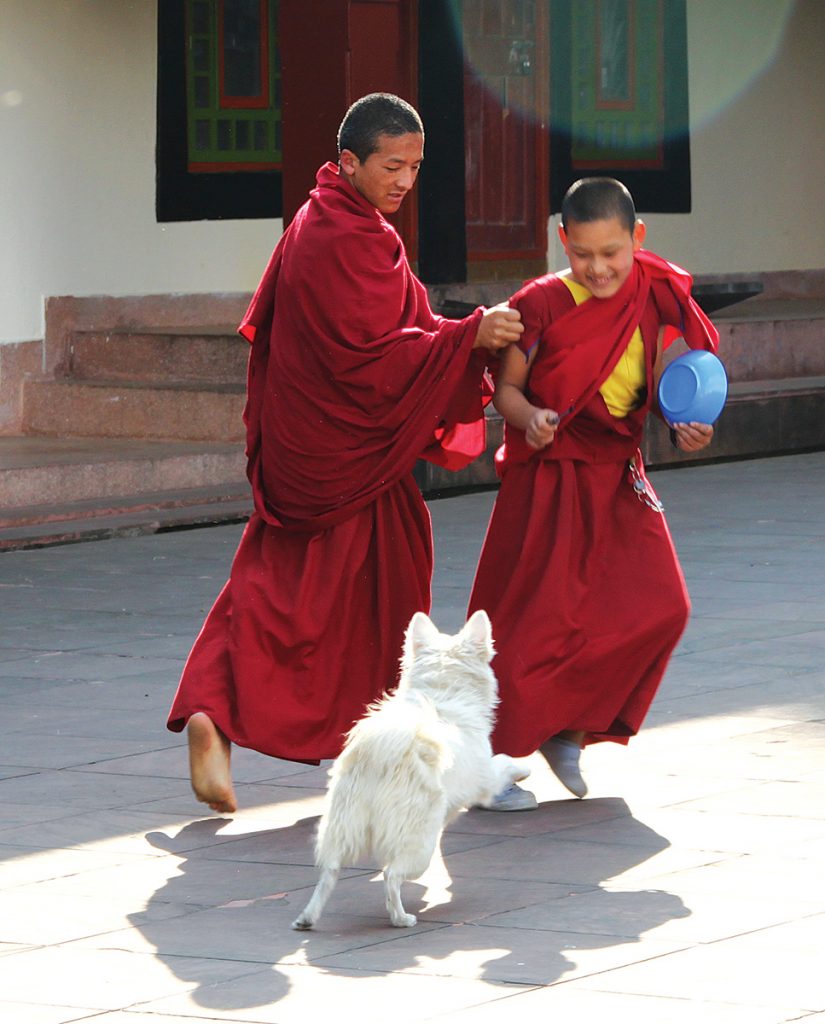
Sikkim is the only state in India with an ethnic Nepali majority. It has 11 official languages though English is taught in schools and used in government documents. The predominant religions are Hinduism and Vajrayana Buddhism. Sikkimʼs economy is largely dependent on agriculture and tourism. And, despite its checkered history, it is still blessed by the Kanchendzonga.

